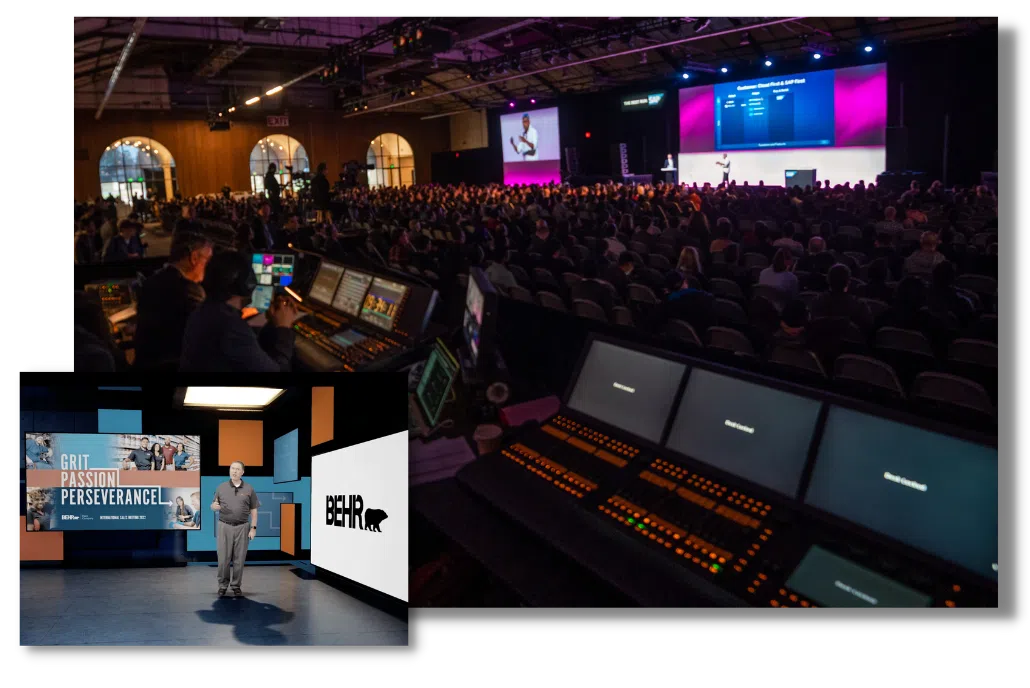Just How Occasion Resource Modern Technology Is Reinventing Real-Time Information Monitoring
Occasion source technology is basically transforming how companies handle data in actual time, permitting for rapid capture and handling of important state modifications. As businesses significantly depend on instantaneous understandings to drive decision-making and enhance customer experiences, the effects of this innovation extend much beyond simple data monitoring.
Comprehending Event Resource Innovation
Frequently, companies are checking out the capacities of event resource innovation as a way to improve their information monitoring processes. This modern technology focuses on the principle of capturing and refining occasions in real-time, enabling for prompt insights and activities based upon continuous information changes. An occasion is generally specified as any considerable adjustment in state, whether it be the creation of a brand-new customer record, a purchase, or a system alert.
By utilizing event resource modern technology, organizations can carry out a more nimble and receptive information architecture. This design allows continual data flow from different resources, ensuring that stakeholders have access to one of the most existing details. The technology supports a publish-subscribe design, where occasion manufacturers generate data, and consumers pay attention for details events to do something about it.
Furthermore, occasion resource modern technology often integrates with contemporary data handling structures, facilitating the handling of large volumes of data effectively. This assimilation is vital for companies aiming to harness big data for strategic decision-making. Ultimately, understanding event source technology is important for companies aiming to adopt a proactive approach to data administration, allowing them to remain affordable in a swiftly evolving digital landscape.
Key Benefits of Real-Time Information
In today's busy business environment, the ability to gain access to and examine real-time information is critical for organizations seeking to keep an one-upmanship. Real-time data encourages organizations to make enlightened decisions swiftly, allowing them to react rapidly to market changes, consumer demands, and arising fads. This immediacy not only enhances functional effectiveness but additionally cultivates development by allowing companies to check and iterate on concepts without delay.
In addition, real-time information analytics facilitates boosted client experiences. By analyzing consumer habits and choices in actual time, services can tailor their offerings, maximize advertising techniques, and boost service distribution, causing increased client complete satisfaction and loyalty.

In addition, real-time data improves risk administration capacities. Organizations can keep track of possible risks and anomalies as they take place, enabling positive treatment rather than reactive procedures. This shift not only decreases potential losses however additionally strengthens general organizational durability.
Ultimately, the assimilation of real-time information into decision-making processes is not simply a technical innovation; it is a strategic crucial that drives development, functional quality, and sustained competitive advantage in a significantly vibrant business landscape.
Combination With Existing Solution
Smooth assimilation with existing systems is crucial for making best use of the advantages of event resource technology and real-time data management. Organizations commonly run within intricate ecological communities consisting of numerous heritage systems, data sources, and applications. To harness the complete capacity of event source technology, companies should guarantee that these disparate systems can efficiently communicate and share data in actual time.
Occasion source innovation helps with data circulation by recording and refining events as they happen, which can considerably enhance functional effectiveness. Nevertheless, without a robust assimilation structure, the capacity for siloed data and irregular info increases, threatening the benefits of real-time insights. Leveraging APIs, middleware, and event streaming systems allows companies to merge their data landscape, developing a cohesive setting where real-time analytics can prosper.
Moreover, taking on a modular method to assimilation allows organizations to incrementally improve their systems without disrupting existing operations. This flexibility not just aids in conference immediate information management requires but likewise positions services to adapt to future technical developments seamlessly. Inevitably, successful assimilation with existing systems is fundamental to understanding the transformative effect of event visit the site resource technology on real-time information management.
Market Applications and Study

In retail, business have embraced event resource modern technology to maximize stock management (your event source charlotte). By tracking sales and customer communications in real-time, companies can adjust their inventory degrees dynamically, making sure that prominent items are constantly in stock while reducing excess. This technique has been shown to raise sales and enhance customer satisfaction

These study highlight the adaptability of occasion resource technology across industries, highlighting its essential duty in driving innovation and improving responsiveness in today's hectic service atmosphere. As companies remain to welcome this modern technology, the possibility for more advancements remains significant.
Future Trends in Data Management
Emerging trends in information management are positioned to improve just visite site how companies harness and procedure info, driven by improvements in innovation and progressing company requirements. One significant trend is the increasing fostering of expert system and artificial intelligence, allowing organizations to automate data handling and obtain insights at unprecedented rates. This change not only enhances decision-making but additionally lowers human mistake.

Additionally, the assimilation of event-driven styles and real-time analytics is becoming important, equipping organizations to react swiftly to changing market dynamics. Cloud-based services are likewise getting grip, supplying scalability and adaptability to take care of substantial amounts of data seamlessly.
Lastly, the emphasis on information democratization is fostering a culture of data-driven decision-making throughout all organizational levels, making certain that understandings come to employees no matter their technical knowledge. Together, these patterns will certainly specify the future landscape of data administration.
Conclusion
Occasion source modern technology stands as a transformative important site force in real-time information administration, enabling companies to capture and refine state changes with exceptional immediacy. By helping with smooth data circulation through a publish-subscribe design, this technology improves operational effectiveness and mitigates data silos.